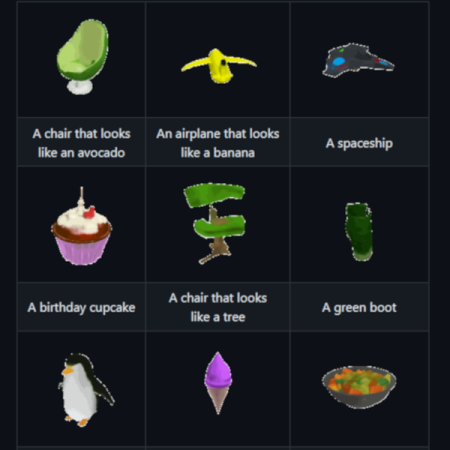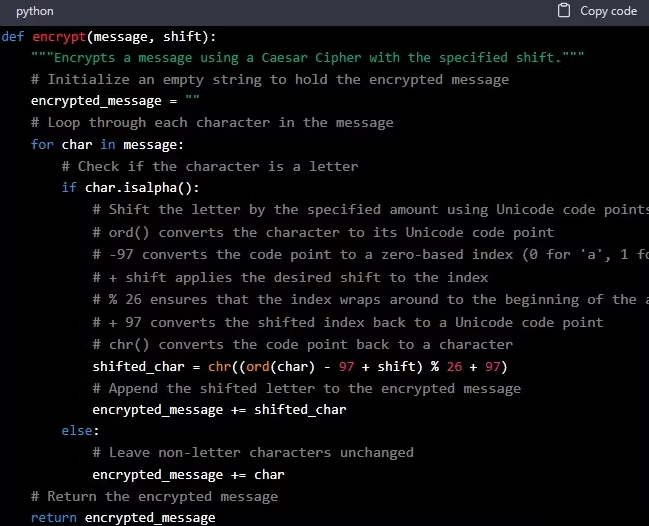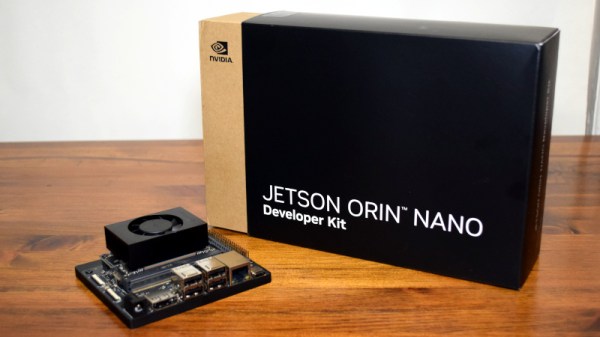Generative AI is the new thing right now, proving to be a useful tool both for professional programmers, writers of high school essays and all kinds of other applications in between. It’s also been shown to be effective in generating images, as the DALL-E program has demonstrated with its impressive image-creating abilities. It should surprise no one as this type of AI continues to make in-roads into other areas, this time with a program from OpenAI called Shap-E which can render 3D images.
Like most of OpenAI’s offerings, this takes plain language as its input and can generate relatively simple 3D models with this text. The examples given by OpenAI include some bizarre models using text prompts such as a chair shaped like an avocado or an airplane that looks like a banana. It can generate textured meshes and neural radiance fields, both of which have various advantages when it comes to available computing power, training methods, and other considerations. The 3D models that it is able to generate have a Super Nintendo-style feel to them but we can only expect this technology to grow exponentially like other AI has been doing lately.
For those wondering about the name, it’s apparently a play on the 2D rendering program DALL-E which is itself a combination of the names of the famous robot WALL-E and the famous artist Salvador Dali. The Shap-E program is available for anyone to use from this GitHub page. Even though this code comes from OpenAI themselves, plenty are speculating that the AI revolution to come will largely come from open-source sources rather than OpenAI or Google, something for which the future is somewhat hazy.





















